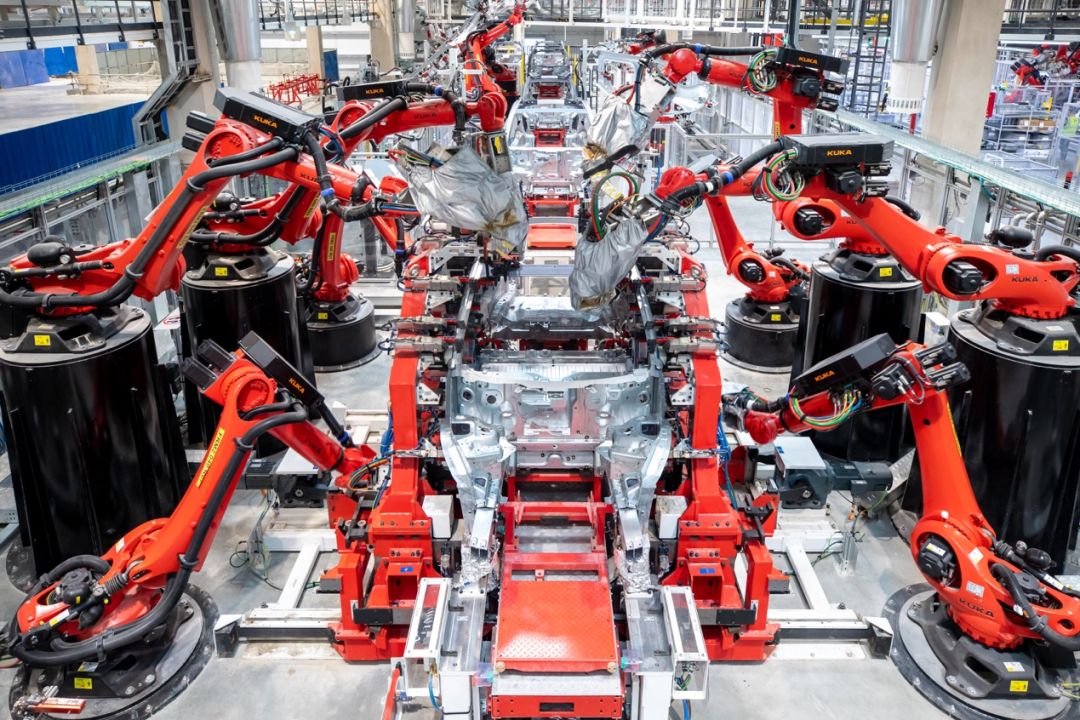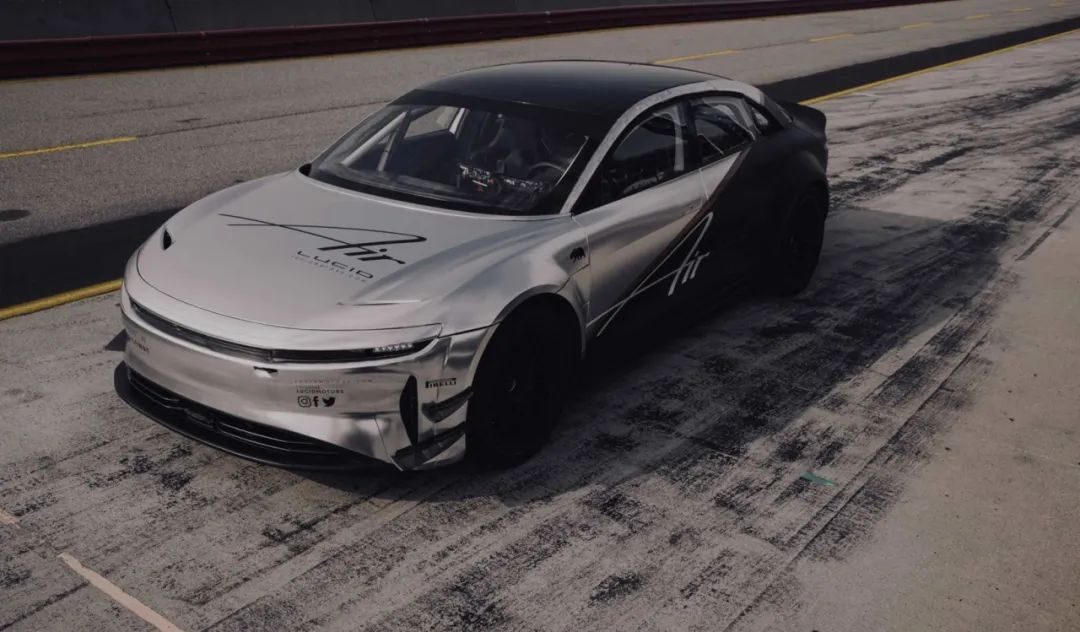Gartner, an information technology research and analysis company, pointed out that in 2024, automakers will continue to work hard to cope with the changes brought about by software and electrification, thus ushering in a new stage of electric vehicles.
Oil and electricity achieved cost parity faster than expected
Battery costs are falling, but electric vehicle production costs will fall even faster thanks to innovative technologies such as gigacasting. As a result, Gartner expects that by 2027 electric vehicles will be less expensive to manufacture than internal combustion engine vehicles due to new manufacturing technologies and lower battery costs.
In this regard, Pedro Pacheco, research vice president at Gartner, said: “New OEMs hope to redefine the status quo of the automotive industry. They bring innovative technologies that simplify production costs, such as centralized automotive architecture or integrated die-casting, which help reduce manufacturing costs. cost and assembly time, traditional automakers have no choice but to adopt these innovations in order to survive.”
“Tesla and others have looked at manufacturing in a completely new way,” Pacheco told Automotive News Europe ahead of the report’s release.
One of Tesla’s most famous innovations is “integrated die-casting,” which refers to die-casting most of the car into a single piece, rather than using dozens of welding points and adhesives. Pacheco and other experts believe Tesla is an innovation leader in cutting assembly costs and a pioneer in integrated die-casting.
Adoption of electric vehicles has slowed in some major markets, including the United States and Europe, so experts say it’s crucial for automakers to introduce lower-cost models.
Pacheco pointed out that integrated die-casting technology alone can reduce the cost of the body in white by “at least” 20%, and other cost reductions can be achieved by using battery packs as structural elements.
Battery costs have been falling for years, he said, but falling assembly costs were an “unexpected factor” that would bring electric vehicles to price parity with internal combustion engine vehicles sooner than thought. ”We are reaching this tipping point earlier than expected,” he added.
Specifically, a dedicated EV platform would give automakers the freedom to design assembly lines to suit their characteristics, including smaller powertrains and flat battery floors.
In contrast, platforms suitable for “multi-powertrains” have some limitations, as they require space to accommodate a fuel tank or engine/transmission.
While this means that battery electric vehicles will achieve cost parity with internal combustion engine vehicles much faster than initially expected, it will also significantly increase the cost of some repairs for battery electric vehicles.
Gartner predicts that by 2027, the average cost of repairing serious accidents involving electric vehicle bodies and batteries will increase by 30%. Therefore, owners may be more inclined to choose to scrap a crashed electric vehicle as repair costs may be higher than its salvage value. Likewise, because collision repairs are more expensive, vehicle insurance premiums may also be higher, even causing insurance companies to deny coverage for certain models.
Rapidly lowering the cost of producing BEVs should not come at the expense of higher maintenance costs, as this could cause a consumer backlash in the long term. New methods of producing fully electric vehicles must be deployed alongside processes that ensure low maintenance costs.
The electric vehicle market enters the “survival of the fittest” stage
Pacheco said whether and when the cost savings from electric vehicles translate into lower sales prices depends on the manufacturer, but the average price of electric vehicles and internal combustion engine vehicles should reach parity by 2027. But he also pointed out that electric car companies such as BYD and Tesla have the ability to cut prices because their costs are low enough, so price cuts will not cause too much damage to their profits.
In addition, Gartner still predicts strong growth in electric vehicle sales, with half of the cars sold in 2030 being pure electric vehicles. But compared with the “gold rush” of early electric car manufacturers, the market is entering a period of “survival of the fittest”.
Pacheco described 2024 as a year of transformation for the European electric vehicle market, with Chinese companies such as BYD and MG building their own sales networks and lineups locally, while traditional carmakers such as Renault and Stellantis will launch lower-cost models locally.
“A lot of things that are happening right now may not necessarily impact sales, but they are preparing for bigger things,” he said.
Meanwhile, many high-profile electric vehicle startups have struggled over the past year, including Polestar, which has seen its share price drop sharply since its listing, and Lucid, which cut its 2024 production forecast by 90%. Other troubled companies include Fisker, which is in talks with Nissan, and Gaohe, which was recently exposed to a production shutdown.
Pacheco said, “Back then, many start-ups gathered in the electric vehicle field in the belief that they could make easy profits—from automakers to electric vehicle charging companies—and some of them still relied heavily on external funding, which made them particularly vulnerable to the market. The impact of challenges.”
Gartner predicts that by 2027, 15% of electric vehicle companies founded in the past decade will be acquired or go bankrupt, especially those that rely heavily on outside investment to continue operations. However, “This does not mean that the electric vehicle industry is declining, it just enters a new stage where the companies with the best products and services will win over other companies.” Pacheco said.
In addition, he also said that “many countries are phasing out incentives related to electric vehicles, making the market more challenging for existing players.” However, “we are entering a new phase in which purely Electric vehicles cannot be sold on incentives/concessions or environmental benefits. BEVs must be an all-around superior product compared to internal combustion engine vehicles.”
While the EV market is consolidating, shipments and penetration will continue to grow. Gartner predicts that electric vehicle shipments will reach 18.4 million units in 2024 and 20.6 million units in 2025.
Post time: Mar-20-2024




